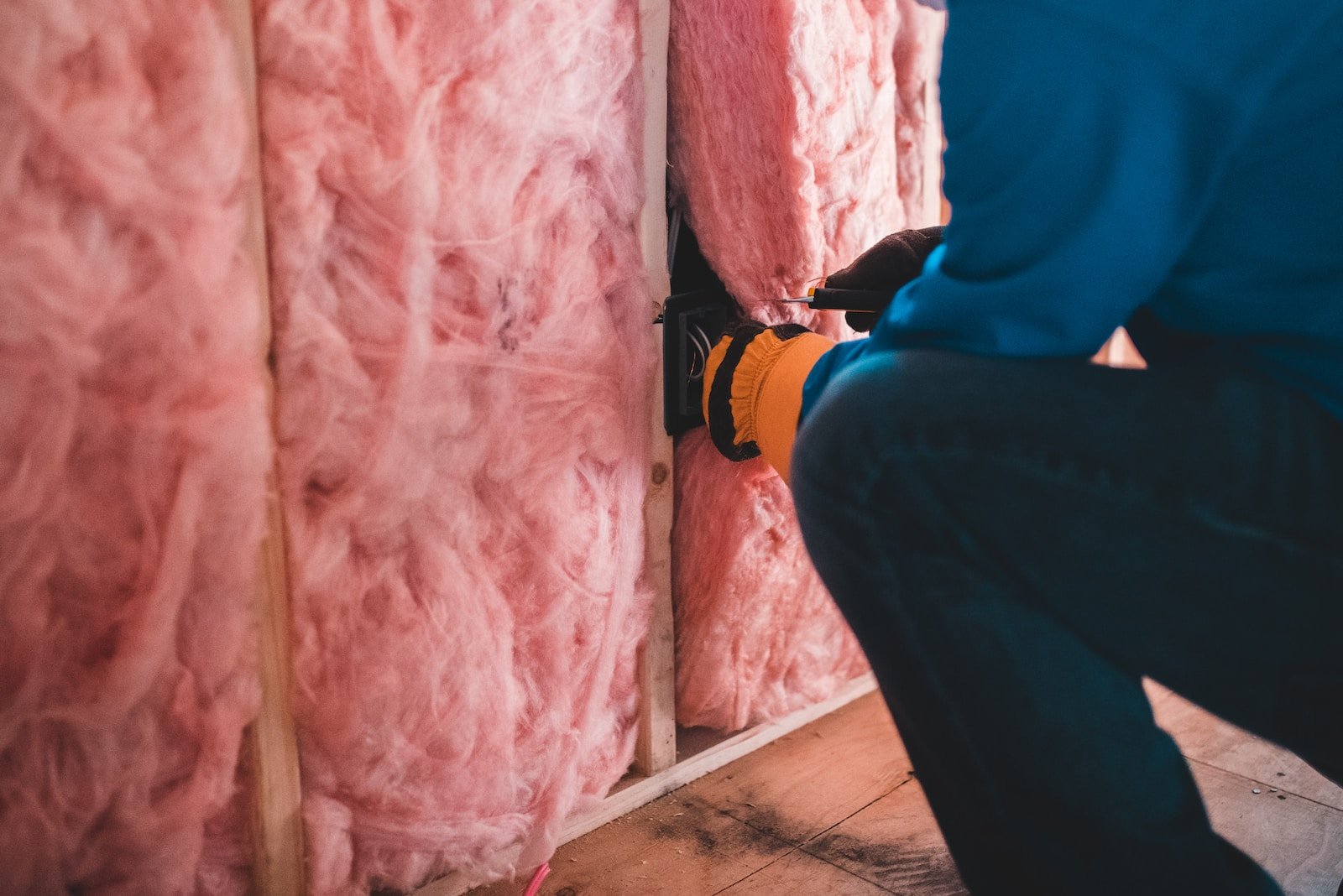Sound insulation, also known as soundproofing or noise control, focuses on preventing sound from transmitting between spaces. It aims to create barriers that block or reduce the transmission of sound waves, minimizing the amount of sound that enters or exits a specific area. The primary goal of sound insulation is to isolate spaces and reduce the impact of external or internal noise sources.
Principles of Sound Insulation:
- Mass: The mass of a material plays a crucial role in sound insulation. Heavier and denser materials, such as concrete, brick, or thick gypsum boards, are effective in blocking sound transmission due to their ability to absorb and dampen sound waves.
- Air Tightness: Sealing gaps, cracks, and openings in walls, windows, doors, and other structural elements is essential to prevent sound leakage. Airborne sound can find its way through even the smallest openings, so proper sealing is vital for effective sound insulation.
- Decoupling: When sound waves travel through solid structures, they can transmit vibrations and transfer sound energy. By using resilient materials or decoupling techniques, such as adding resilient channels or using floating floors and ceilings, the transfer of vibrations can be minimized, resulting in improved sound insulation.
- Absorption: Although absorption primarily falls under sound treatment (explained below), incorporating sound-absorbing materials into the construction of partitions can enhance the sound insulation properties. These materials absorb sound waves and reduce their reflection, thereby reducing the amount of sound energy transmitted.
Applications of Sound Insulation: Sound insulation is commonly applied in various settings, including:
- Residential buildings: Reducing external noise, such as traffic or aircraft sounds, to create quieter indoor environments.
- Commercial spaces: Isolating office spaces, conference rooms, or studios to prevent sound leakage and maintain privacy.
- Industrial facilities: Isolating noisy machinery, equipment, or production areas to protect workers and minimize noise pollution.
- Music studios: Creating soundproof environments to avoid external noise interference and maintain optimal recording conditions.
- Home theaters: Isolating the theater room to prevent sound from escaping and disturbing other parts of the house.

